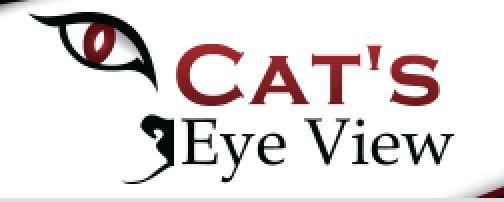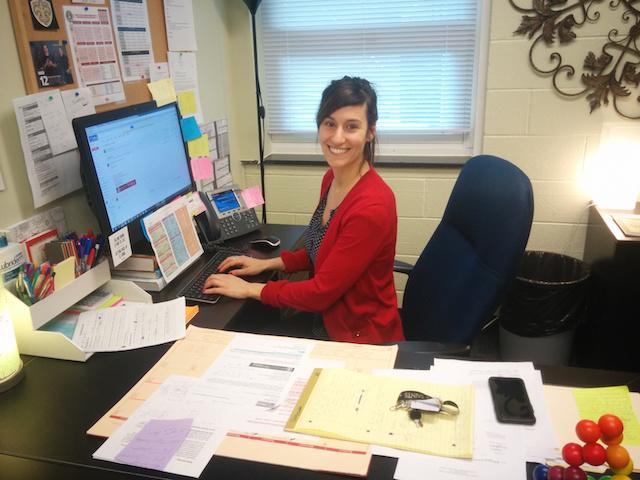Numerous changes to the SAT will begin this March
Supervisor of Guidance Ms. Internicola stated that the new SAT will require students to focus a lot more on interpreting and understanding material.
February 4, 2016
By March 2016, the new, redesigned SAT will be available to all test takers. As one of the most crucial tests for high school students, people are relieved to hear that there will be beneficial changes to its format. There will be no more guessing penalties, no obscure vocabulary, and no required essays. The new scores will also be out of 1600 points, similar to the PSAT, instead of 2400 points.
The old SAT was given to students for the final time on January 23, 2016.
One of the highly appreciated aspects of the new SAT is the free test prep provided by Khan Academy. Sophomore Carlos Alburez stated, “I was happy to see that Khan Academy had a free test prep [for the SAT]. When I searched for other test prep services, I saw that many were a couple hundred or a thousand dollars. This made Khan Academy the better choice.” With Khan Academy’s new partnership with the College Board, students will gain access to high-quality online test prep without having to pay expensive fees for other services. Also, with Khan Academy’s exclusive partnership with the College Board, this may be one of the best ways to prepare for the test.
Another bonus for students is the improvement to the test material itself. Becton Regional High School’s Supervisor of Guidance and Testing Coordinator Ms. Internicola stated, “The new SAT will balance the subjects more equally and make students focus on interpreting and understanding the material more than before.” Basically, instead of emphasis on writing a personal essay, memorizing vocabulary and grammatical rules, the test will focus on the student’s ability to analyze, interpret, and reason with graphs, charts, passages, etc. Moreover, using evidence to find and to support one’s answers will be highly emphasized over the need to memorize countless mathematical formulas.
Beneficial to the students will also be the new changes to the multiple-choice questions. They will now have only four choices available for each multiple-choice question instead of the five choices, which were used in the old SAT. This would increase the percentage of getting an answer right from 20% to 25%. Even though it is only a 5% increase for every answer choice, the 5% can make a huge difference in many students’ scores.
Also, the guessing penalty will be revoked. When asked about the removed guessing penalty for the new SAT, Sophomore Rafael Kuc replied, “I’m happy that there’s not going to be a guessing penalty anymore. When I took the PSAT last year, the guessing penalty held me back from answering a few questions I was unsure of.” The new change will remove the quarter point reduction to wrong multiple-choice answers, which was used in the old SAT. This will allow unsure students to freely guess on a difficult question without having to regret their decision if the answer is wrong.
In addition, instead of asking students the definitions of words, the test will ask test takers to define a word that has multiple meanings, based on its context. As a basic example, “field” can be defined as “an area of open land” or “a particular branch of study.” Both are correct but depend on the context they are used in.
Thirteen percent of colleges will require the new optional SAT essay section such as Harvard College, Dartmouth College, Princeton University, Yale University, and more. Also, Virginia Tech will require the Class of 2017 to take the new SAT.




